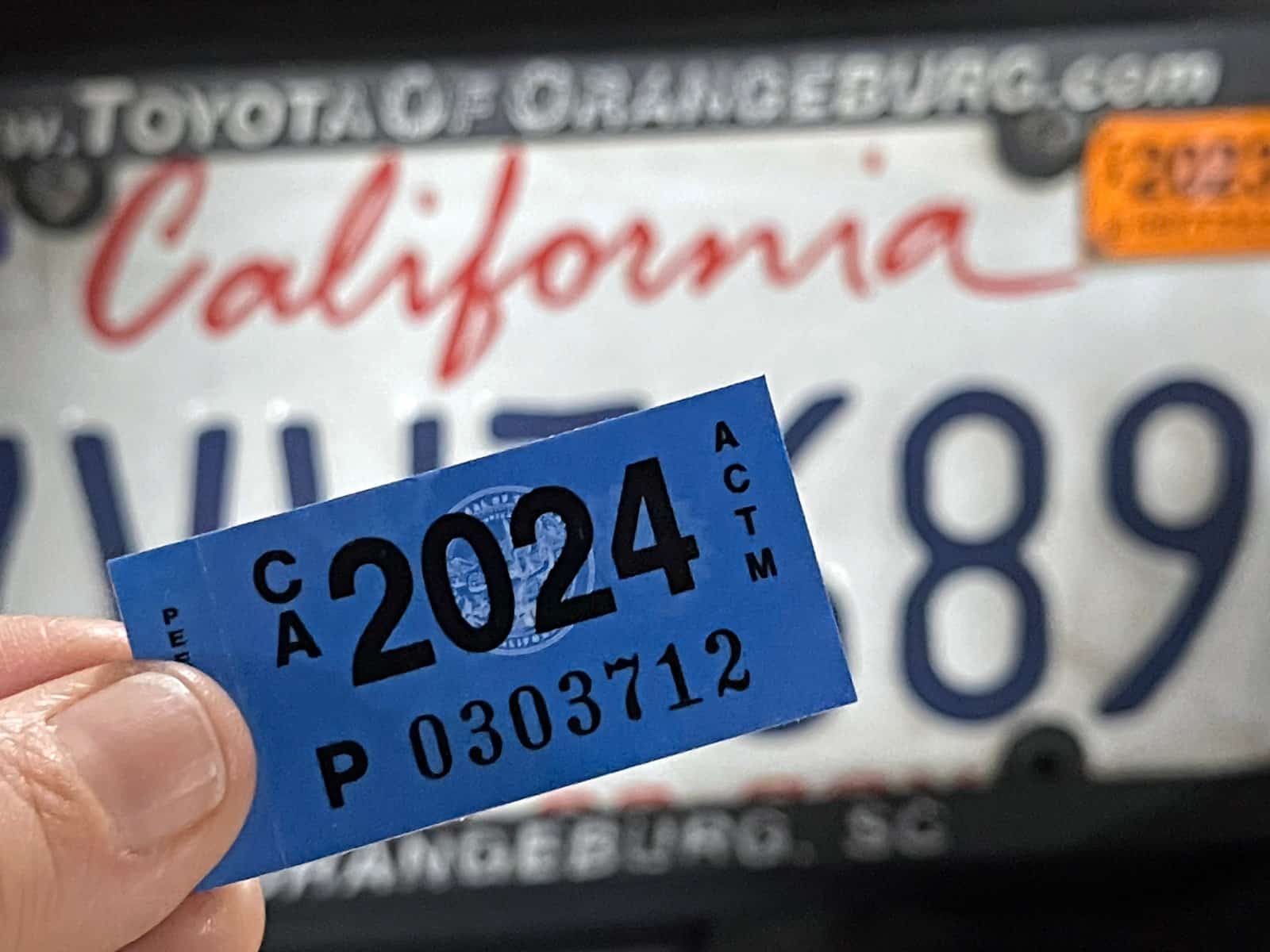A quirky retail offering in South Korea has provided a fascinating insight into the changing economic concerns of consumers in Asia and around the world.
A Golden Opportunity

As high inflation batters economies around the world and consumers stare down economic uncertainty, South Koreans have been offered a unique opportunity - to purchase gold bars directly from convenience stores and vending machines.
Convenience Stores Weigh in

Since April, South Korea’s largest convenience store chain, CU, has teamed up with the Korea Minting and Security Printing Corporation (KOMSCO) to sell 0.1 - 1.9 gram bars of gold, with costs ranging from $56.40 to $165.76.
A Huge Hit

The partnership was an immediate hit with Korean shoppers. When the offer was first introduced, CU gold bars sold out in just two days.
GS25 Vending Machines

Another popular Korean convenience store chain named GS25 first began selling small gold wafers directly from vending machines in 2022, before moving on to large bars.
From Half a Gram to 37 Grams

It now sells a range of gold from less than 1 gram a piece to as much as 37.5 gram gold bars. Prices for GS25 gold start at $64 for 0.5-gram wafers.
30 Stores Across South Korea

These vending machines currently operate in 30 stores across the country, six times as many as when the company’s gold service first began.
Spreading Trends and Increased Demand

“Currently we are seeing about 30 million won ($22000 USD) of sales per month,” a GS spokesperson told reporters. “The gold vending machine draws customers’ attention due to increasing demand for safe-haven assets and the spreading trend of micro-investing.”
Micro-Investing

‘Micro-investing’ refers to the practice of investing small amounts of money into an investment over time. And it appears to be increasing exponentially in both South Korea and the wider Asian continent.
27% Increase in Demand

Gold bars and coins increased in demand in South Korea by 27% in the last quarter, according to a report by the World Gold Council. It was the most significant quarterly increase in demand for the precious metal in two years.
Investing in Times of Crisis

Industry experts have pointed to increasing economic instability, felt throughout Asia and the wider world, which has driven people to invest in physical assets that tend to retain their value in times of crisis.
Seeking Safe-Haven Assets

“Typically in times of economic uncertainty when the local currency depreciates, the demand for gold physical jewelry will increase as domestic investors seek investment for safe-haven assets,” said Heng Koon How, the head of markets strategy, global economics and markets research at the United Overseas Bank.
CU Demographics

CU’s commerce phone app Pocket CU was able to break down the demographics of their gold buyers, shedding some interesting light on the convenience store gold craze.
Gen Z and Millennials Show Interest

Its consumer demographics skew younger than some might expect. Nearly 48% of all buyers were customers in their 20s and 30s, with the rest being in their 40s and older.
Pushing Up Gold Prices

Asian gold buying has picked up rapidly this year, particularly in China. The cost of gold in Asia in 2024 pushed gold prices up to US$2,400 per ounce back in April when CU gold bars began flying off the shelves.
All The Rave in China

Chinese Gen Zers have been snatching up smaller amounts of gold in enormous amounts, and the nation’s central bank has been accumulating more gold reserves as it continues its path to attempted de-dollarization.
“Inflation and Financial Uncertainty”

“Many Asian economies are dealing with inflation and financial uncertainty for the first time in a generation,” said Shaokai Fan, the Head of Central Banks at the WGC.
Young Investors Flock in

“It makes sense that many younger investors are exploring gold as a way to diversify and protect their assets,” he continued.
A Global Trend

It’s not just Asia. The demand for gold and other precious metals has also taken off in Western countries due to fears of continued inflation and recession.
Fractional Shares Also on the Rise

According to a report by Charles Schwab Corp in May, more than 65% of Gen Z and millennials in the UK are considering investing in fractional shares, which is another form of micro-investing where less than one share is purchased in a transaction.
Tesco Gold Bars Sell Out

Last summer, US retail giant Costco began selling gold bars and silver and gold coins through their online stores, which have been so wildly popular that they have fully sold out several times.
23 Steep Taxes Adding to California Residents’ Burden

California: a place of sunshine, innovation, and, unfortunately, some of the nation’s highest taxes. From LA’s beaches to Silicon Valley’s tech hubs, residents grapple with a maze of state taxes. Here’s a glance at 23 taxes that might surprise both Californians and outsiders. 23 Steep Taxes Adding to California Residents’ Burden
Cash in on Nostalgia: 21 Toys Now Worth a Fortune

Time to dust off the boxes and find that once-cherished toy from your childhood. For collectors and enthusiasts, these items have become valued objects, and they can be worth big bucks – are there any of these in your attic? Cash in on Nostalgia: 21 Toys Now Worth a Fortune
Millennials Don’t Buy These 19 Products Anymore

Millennials are changing consumer habits, quietly replacing once-staple products and traditions. Often criticized for their disruptive preferences, this generation is reshaping the marketplace with digital expertise, ethical buying, and a taste for the unconventional. Millennials Don’t Buy These 19 Products Anymore
Featured Image Credit: Shutterstock / Robert Way.
The content of this article is for informational purposes only and does not constitute or replace professional financial advice.
